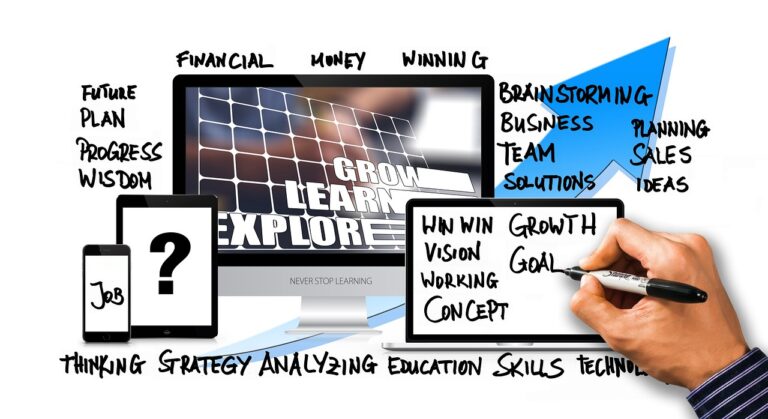The Role of Media in Promoting Financial Inclusion: 11xplay reddy login, Laser247, Skyinplay exchange
11xplay reddy login, laser247, skyinplay exchange: Financial inclusion, the access and usage of financial services by all individuals and businesses, plays a crucial role in economic growth and poverty reduction. However, worldwide, a large portion of the population remains unbanked or underbanked. Media, including traditional outlets like newspapers, television, and radio, as well as digital platforms such as social media and websites, can be powerful tools in promoting financial inclusion.
Raising Awareness
One of the key roles of media in promoting financial inclusion is raising awareness about the importance of having access to financial services. Many people, especially in developing countries, may not fully understand the benefits of having a bank account, using digital payment systems, or taking out loans for investments. By highlighting real-life stories and success examples, media can educate the public on the advantages of financial inclusion.
Educational Campaigns
Media can also play a crucial role in educating individuals on financial literacy and money management skills. Through informative articles, videos, and infographics, media outlets can teach people about saving, budgeting, investing, and managing debt. By empowering individuals with financial knowledge, media can help them make informed decisions about their money and take control of their financial futures.
Promoting Financial Products and Services
Media can serve as a platform for financial institutions and service providers to promote their products and services to underserved populations. By advertising through various media channels, financial institutions can reach a wider audience and attract new customers. Promotions and special offers can incentivize individuals to open bank accounts, apply for loans, or sign up for digital payment platforms, expanding financial inclusion.
Highlighting Innovations in Financial Technology
Digital media platforms, in particular, can showcase innovative financial technologies that are transforming the way people access and use financial services. From mobile banking to digital wallets to peer-to-peer lending platforms, these advancements are making it easier for individuals, especially in rural and remote areas, to participate in the formal financial system. By shining a spotlight on these technologies, media can encourage more people to embrace digital financial solutions.
Advocacy and Policy Influence
Media can also advocate for policies and initiatives that promote financial inclusion at the national and international levels. By reporting on issues related to financial access and inclusion, media outlets can raise awareness among policymakers and the public, prompting action to address barriers to financial inclusion. Through investigative reporting and opinion pieces, media can hold governments and financial institutions accountable for their commitments to expanding financial access for all.
Partnerships and Collaborations
To maximize its impact in promoting financial inclusion, media can collaborate with governments, financial institutions, non-profit organizations, and other stakeholders. By working together on awareness campaigns, educational initiatives, and policy advocacy, these partnerships can amplify the message of financial inclusion and drive positive change in the financial landscape.
In conclusion, media plays a vital role in promoting financial inclusion by raising awareness, educating individuals, promoting financial products and services, highlighting financial technology innovations, advocating for policy changes, and fostering partnerships. By leveraging its reach and influence, media can help bridge the gap between the unbanked and underbanked populations and the formal financial system, promoting economic empowerment and financial stability for all.
**FAQs**
Q: How can individuals improve their financial literacy?
A: Individuals can improve their financial literacy by reading books and articles on personal finance, attending financial education workshops, and seeking advice from financial professionals.
Q: What are some examples of financial technologies that promote financial inclusion?
A: Examples include mobile banking apps, digital payment platforms, microfinance services, and peer-to-peer lending platforms.
Q: How can governments promote financial inclusion?
A: Governments can promote financial inclusion by implementing policies that support the banking needs of underserved populations, investing in financial education programs, and supporting the development of innovative financial technologies.







